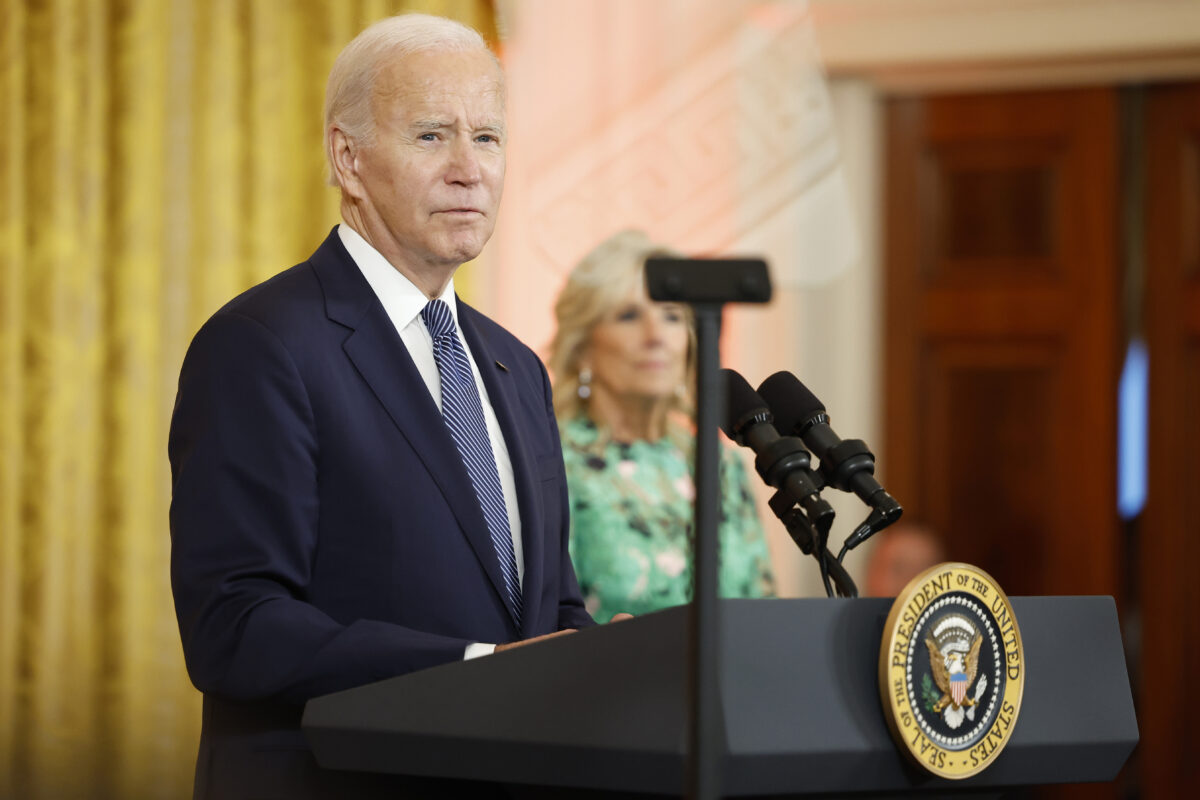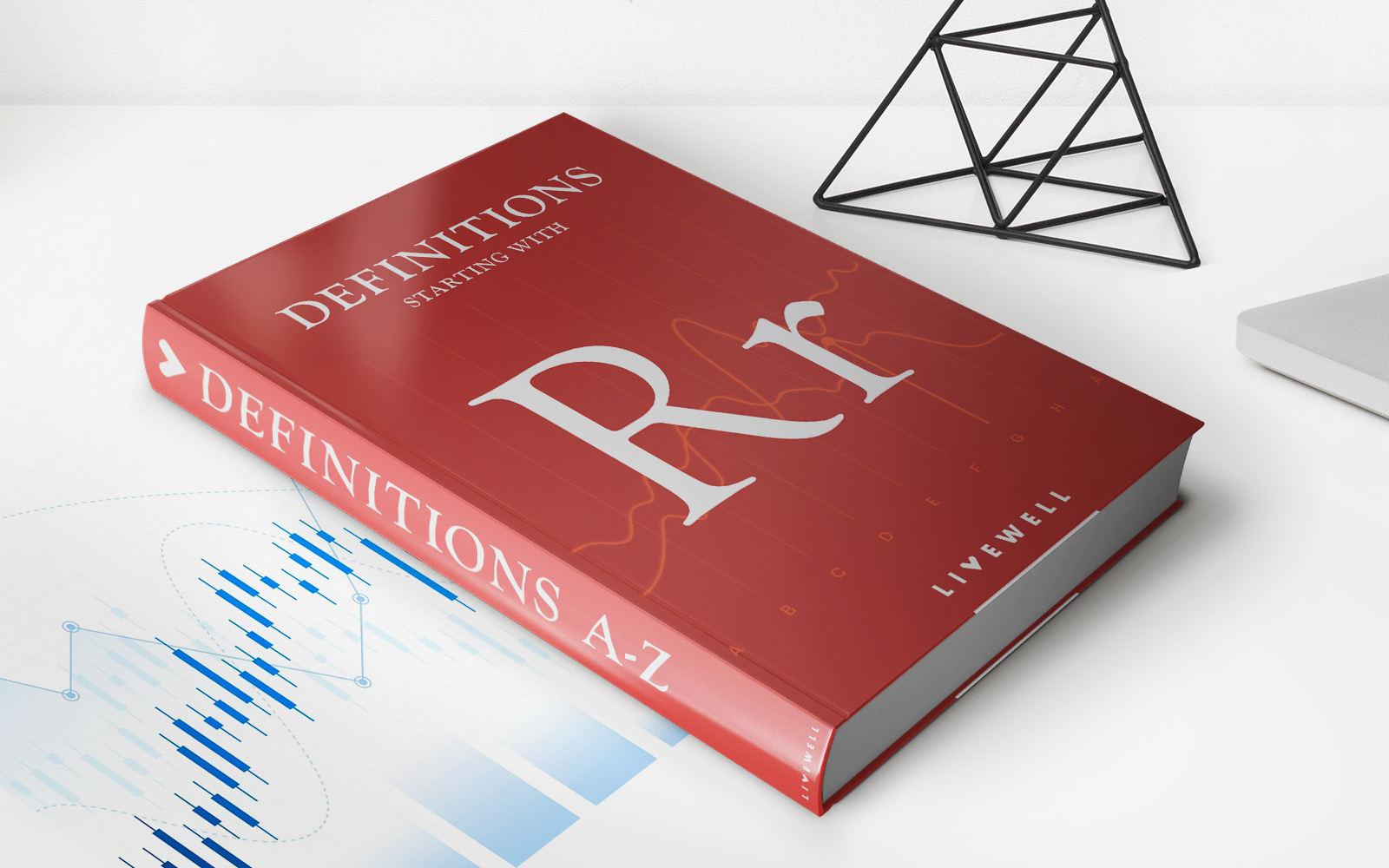Home>Finance>What Is The Kyoto Protocol? Definition, History, Timeline, Status


Finance
What Is The Kyoto Protocol? Definition, History, Timeline, Status
Published: December 16, 2023
Learn about the Kyoto Protocol in finance: its definition, history, timeline, and current status. Understand the significance of this international agreement on climate change.
(Many of the links in this article redirect to a specific reviewed product. Your purchase of these products through affiliate links helps to generate commission for LiveWell, at no extra cost. Learn more)
The Kyoto Protocol: A Milestone in Global Environmental Governance
Welcome to our Finance category blog post, where we delve into the fascinating world of international environmental policy. In this post, we will explore the Kyoto Protocol, its definition, history, timeline, and current status. So, get ready to dive into this landmark international agreement and its impact on the global community.
Key Takeaways:
- The Kyoto Protocol is an international treaty designed to combat climate change by setting binding greenhouse gas reduction targets for participating countries.
- Implemented in 2005, the Kyoto Protocol has played a crucial role in shaping climate change policy and promoting sustainable development across the globe.
A Definition and Introduction to the Kyoto Protocol
The Kyoto Protocol, adopted in 1997, is an international environmental agreement under the United Nations Framework Convention on Climate Change (UNFCCC). It sets binding emission reduction targets for developed countries, known as Annex I parties, with the ultimate objective of reducing the concentration of greenhouse gases in the atmosphere and mitigating the impacts of climate change.
The centerpiece of the Kyoto Protocol is its commitment period, which initially spanned from 2008 to 2012. During this time, countries were obligated to meet their specified emission reduction targets and engage in emissions trading and other flexible mechanisms to achieve their goals. The Kyoto Protocol also established a compliance system to ensure countries fulfill their commitments.
A Historical Journey: The Kyoto Protocol Timeline
The Kyoto Protocol’s timeline highlights key events and milestones that have shaped its implementation and impact:
- 1992: The United Nations Framework Convention on Climate Change (UNFCCC) is adopted, setting the stage for international cooperation on climate change mitigation.
- 1997: The Kyoto Protocol is agreed upon in Kyoto, Japan, outlining emission reduction commitments for developed countries.
- 2001: The Kyoto Protocol enters into force after ratification by enough countries to meet the required emission threshold.
- 2005: The protocol comes into effect, marking the start of the first commitment period.
- 2012: The first commitment period concludes, and negotiations begin for a second commitment period.
- 2015: The Paris Agreement is adopted, building upon the Kyoto Protocol’s framework and setting new goals for climate change mitigation.
The Kyoto Protocol’s Current Status
The Kyoto Protocol continues to guide global climate change policy, although it has faced challenges and limitations over the years. Currently, the protocol’s second commitment period, known as the Doha Amendment, has not yet entered into force. The amendment aims to extend emission reduction commitments until 2020.
Many countries have shifted their focus to the implementation of the Paris Agreement, which aims to strengthen international efforts in combating climate change. However, the Kyoto Protocol laid a crucial foundation for global climate governance and remains a landmark achievement in environmental policy.
In Conclusion
The Kyoto Protocol represents an important milestone in international environmental governance. Through its binding emission reduction targets and innovative mechanisms, it has shaped the discourse on climate change mitigation. While its prominence may have waned with the emergence of the Paris Agreement, its legacy lives on, inspiring ongoing efforts to create a sustainable future for our planet.














